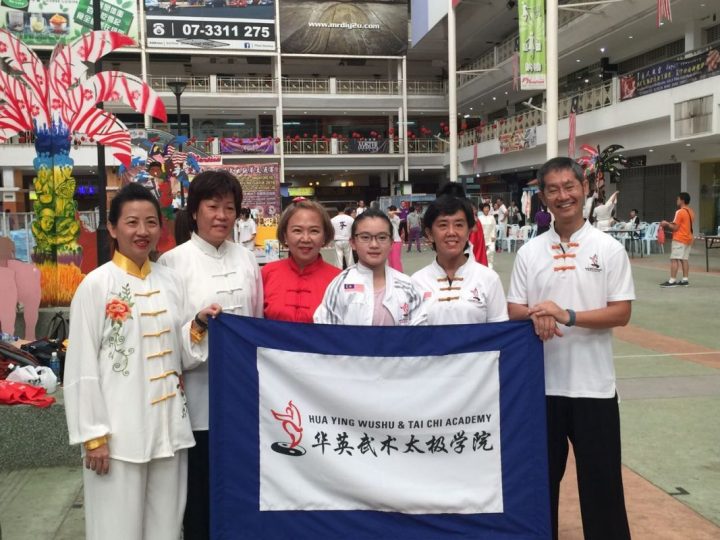This is a common question that we encounter especially from people inquiring about our Tai Chi classes. Firstly, let’s look at the meaning and the Chinese characters of the words Tai Chi and Qigong.
Tai Chi (太极) is an abbreviation of Tai Chi Chuan (太极拳) which roughly translates to “Supreme ultimate fist” in English. Tai Chi is an internal martial art (Neigong 内功) practiced for its self-defense applications and numerous health benefits.
Qigong (气功) on the other hand translates to “Life force energy practice” which is exactly what Qigong practitioners do – they practice this exercise to enhance and regulate their life force energy (Chi 气). Originated in ancient China more than 7,000 years ago, Qigong is as a healing art used to treat disease as well as maintain good health.
Tai Chi is a type of Qigong. Advanced Tai Chi practitioners focus on the flow of one’s internal life force energy (Chi 气) during practice. It does take many years of regular practice for a practitioner to achieve an awareness of energy flow. Most beginners simply regard Tai Chi as a physical exercise but there is more to Tai Chi than meets the eye.
The Tai Chi forms are usually a continuous series of moves which take 5 to 20 minutes to complete. A lot of effort is required to remember the steps of the routine and to adhere to the general principles during practice. Discipline is necessary because the position of feet, knees and the spine are important for the proper execution of the form. Awareness of the weight distribution during every move is required in order for the internal energy of the practitioner to flow smoothly.
Qigong consists of simple repetitive exercises which can be picked up by mirroring the teacher’s movements. There are specific exercises to replenish the life force energy (Chi 气) in certain internal organs and parts of the body. People with disabilities or serious injuries can also practice Qigong as some Qigong forms involve only breathing and visualisation exercises. Compared to the structured Tai Chi forms, Qigong is more flexible because it sometimes incorporate free form movement. Hence, the same form might look different when it is practiced by different individuals.
Whether you decide to learn Tai Chi or Qigong, you will enjoy excellent health as a result of the practice.
We offer Tai Chi and Wushu classes in Petaling Jaya and Kuala Lumpur, Malaysia. Contact us at 012-2211430 or email us at huayingwushu@gmail.com for more details.



